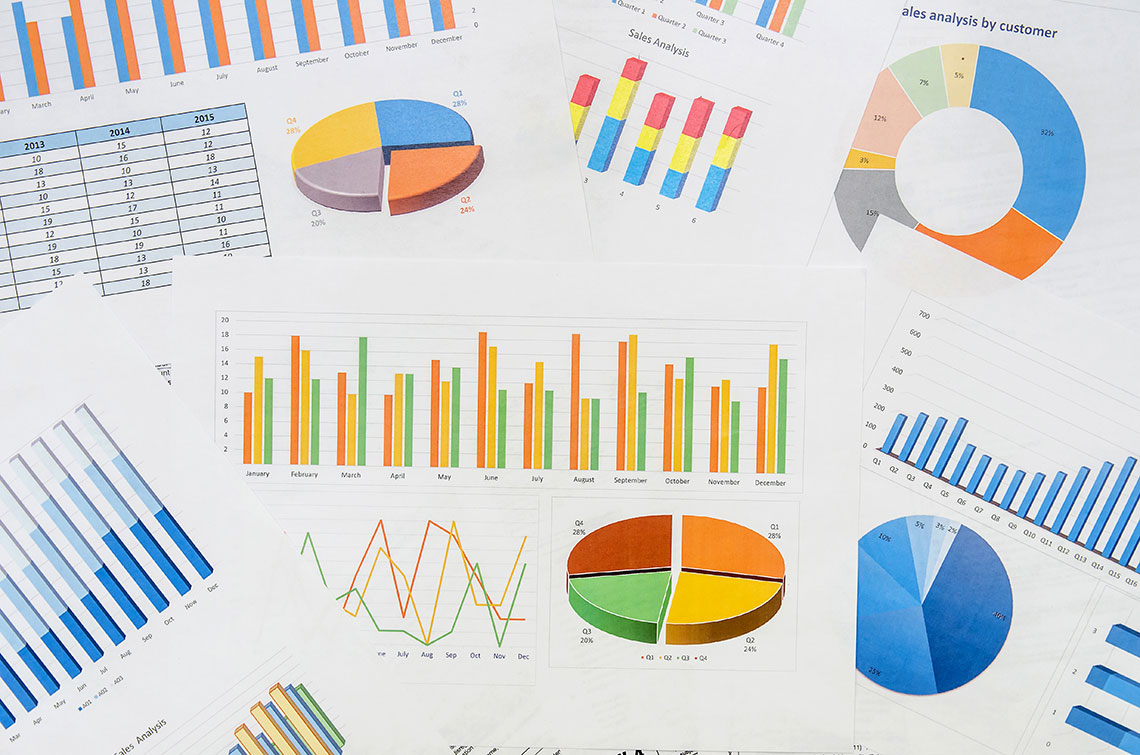Minds On
Visualizing math

For nearly everything in math, there is a way to represent it using a diagram or drawing.
- Why is it important to be able to visualize ideas in math using more than just numbers?
You already know how to do this for a lot of different math problems.
- Draw represented as an image (with the answer) or an audio recording describing how this could be represented.
- Draw represented as an image (with the answer) or an audio recording describing how this could be represented.
- Draw represented as an image (with the answer) or an audio recording describing how this could be represented.
- If possible, compare your drawings with a partner or with someone at home. What are the common elements? What was different?
-
Try using your drawings from the first three questions to come up with a drawing for the following:
- What challenges are coming up when you try to draw multiplication and division with fractions? Write your questions about this in a place where you can go revisit later.
Action
Multiplication of fractions

You may have constructed an area model when you were asked to draw 4 × 3, which would have been something like this:
There are 12 blocks in this model, so
You can use a similar model when multiplying fractions. For example, let’s say we wanted to multiply:
We will use the same grid as only there will be two differences:
- instead of all four columns being shaded in, only one column will be (the one comes from the numerator in )
- instead of all three rows being shaded in, only one row will be (the one comes from the numerator in )
Now imagine that this whole grid represents one whole. Then the shaded part is of the whole. Therefore,
If you would like, you can complete the next series of activities using TVO Mathify. You can also use your notebook or the following fillable worksheets.
Practice
Solve the following multiplication problems by drawing a fraction area model.
- What patterns do you notice from the problems?
-
Use the patterns to construct a general rule for multiplying any fractions.
- Hint: It has something to do with the numerators and denominators and the answer of each product.
Press the ‘TVO Mathify' button to access this interactive whiteboard and the ‘Activity’ button for your note-taking document. You will need a TVO Mathify login to access this resource.
TVO Mathify (Opens in new window) Activity (Open PDF in a new window)Putting it all together
Another way to multiply fractions is by multiplying the “tops” and then multiplying the “bottoms.”
- Start by multiplying the numerators.
- Then, multiply the denominators.
- Finally, simplify the new fraction.
| Multiplying Fractions | |
|---|---|
| Explanation of Method | Multiply across the numerator and the denominator. |
| Example to Help: |
Practice
Solve the following fraction multiplication problems. Show every step.
Press the ‘TVO Mathify' button to access this interactive whiteboard and the ‘Activity’ button for your note-taking document. You will need a TVO Mathify login to access this resource.
TVO Mathify (Opens in new window) Activity (Open PDF in a new window)Consolidation
Fill in the blanks!
For the following problems, fill in the blank. If there is more than one possible answer, then suggest at least 2 possible solutions. When completing these problems, consider:
- Work through your predictions. Did your answer work?
- Show your steps.
- How can you tell if a question could have more than one possible answer?
| (Blank) |
| (Blank) |
| (Blank) (Blank) |
Multiplying fractions in the real world

At first glance, it can be difficult to consider where you might need to multiply or divide fractions in the real world. Here is a key piece of information that should make it a bit clearer:
Replace x (multiplication) with the word of
Example:
Have you ever had to take one-half of a number before? If so, you have multiplied by a fraction!
Brainstorm
Brainstorm
- Construct a list of examples of where you might take a fraction of another number – i.e. multiply by fractions.
- Be prepared to share your ideas with others from your notebook or recording. Explore Mathify's resource bank for an example.
- Try to keep your examples as authentic as possible – situations that you really could find happening in real life.
Reflection
As you read the following descriptions, select the one that best describes your current understanding of the learning in this activity. Press the corresponding button once you have made your choice.
I feel...
Now, expand on your ideas by recording your thoughts using a voice recorder, speech-to-text, or writing tool.
When you review your notes on this learning activity later, reflect on whether you would select a different description based on your further review of the material in this learning activity.
Connect with a TVO Mathify tutor
Think of TVO Mathify as your own personalized math coach, here to support your learning at home. Press ‘TVO Mathify’ to connect with an Ontario Certified Teacher math tutor of your choice. You will need a TVO Mathify login to access this resource.
TVO Mathify (Opens in new window)